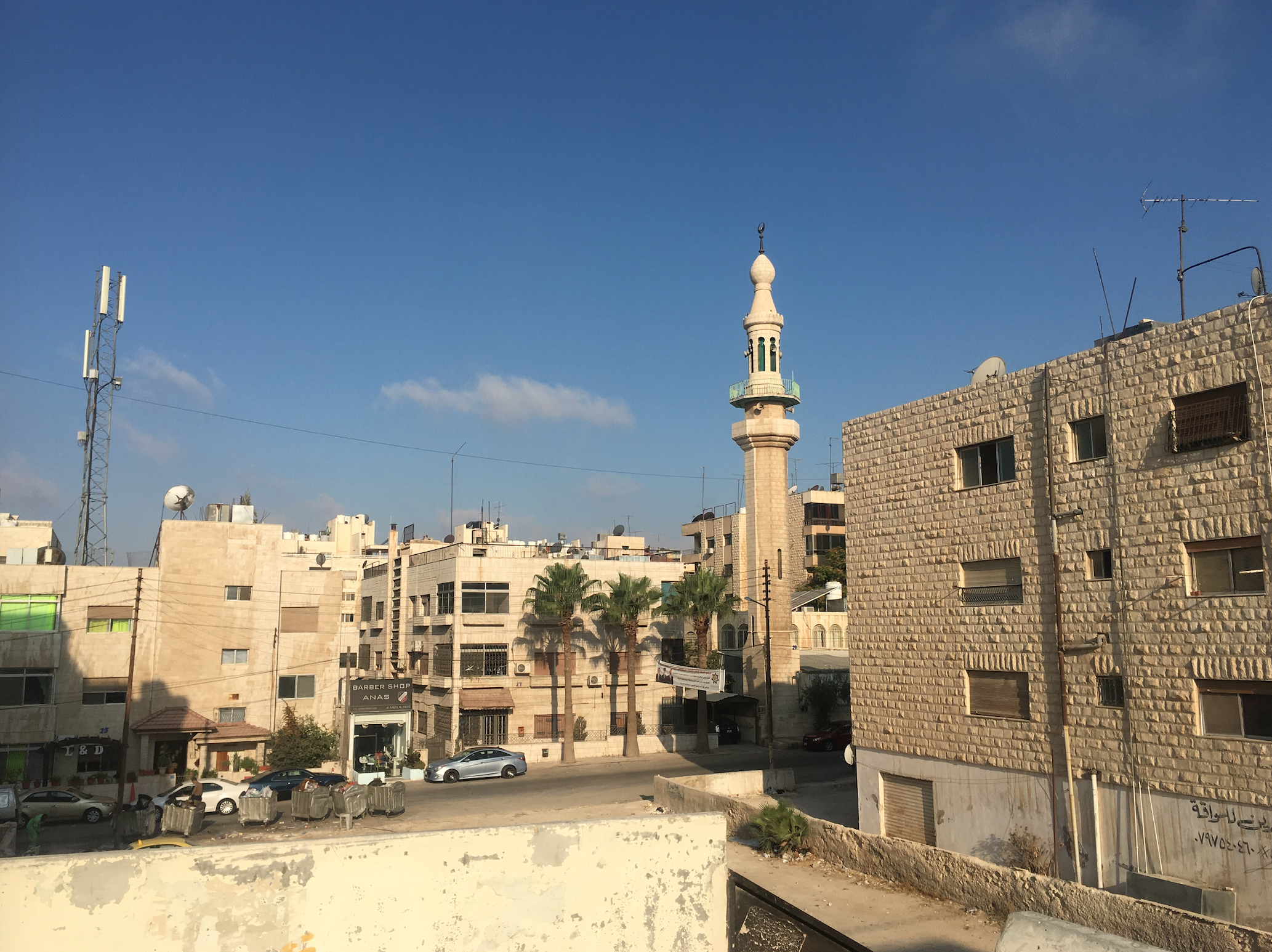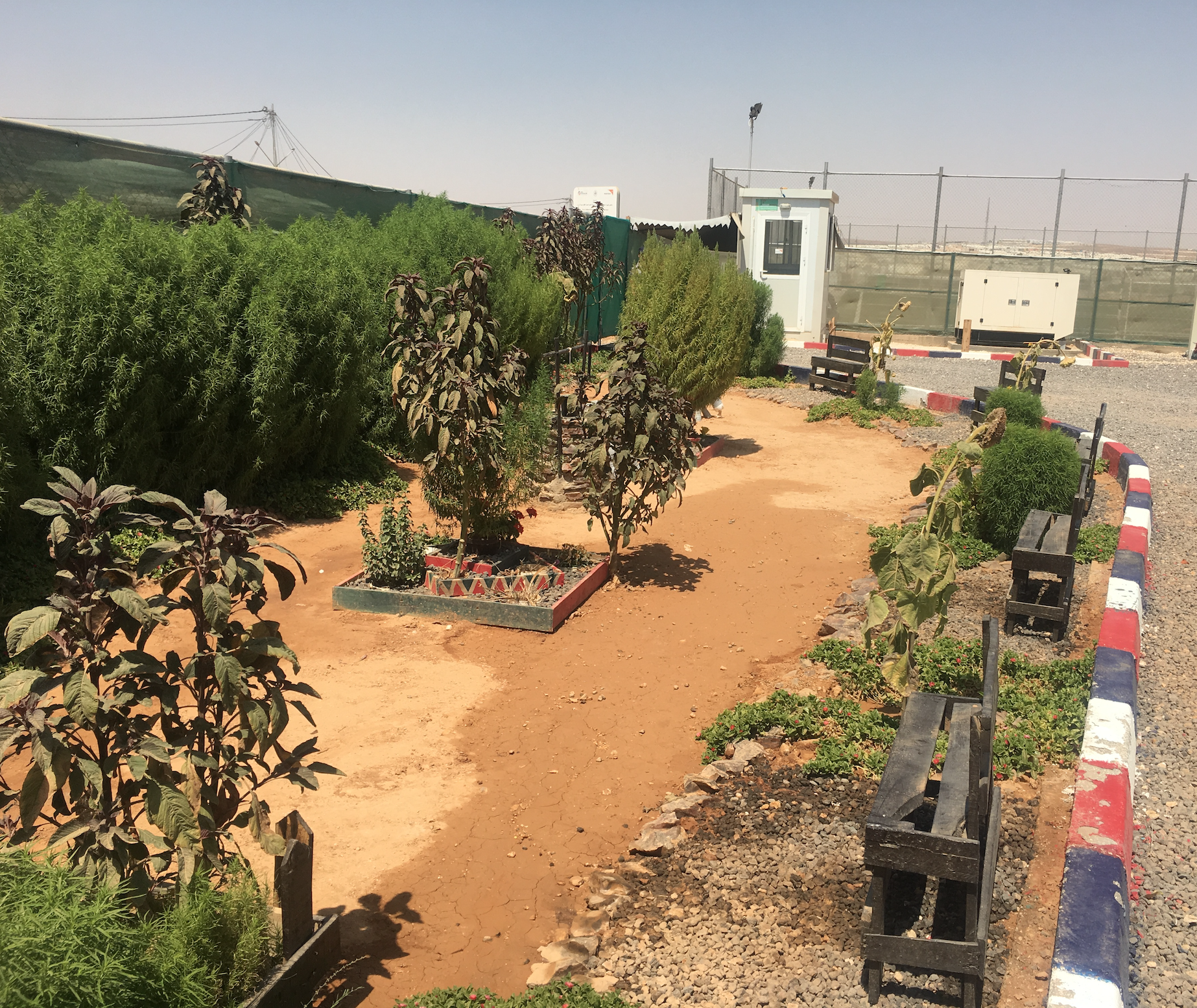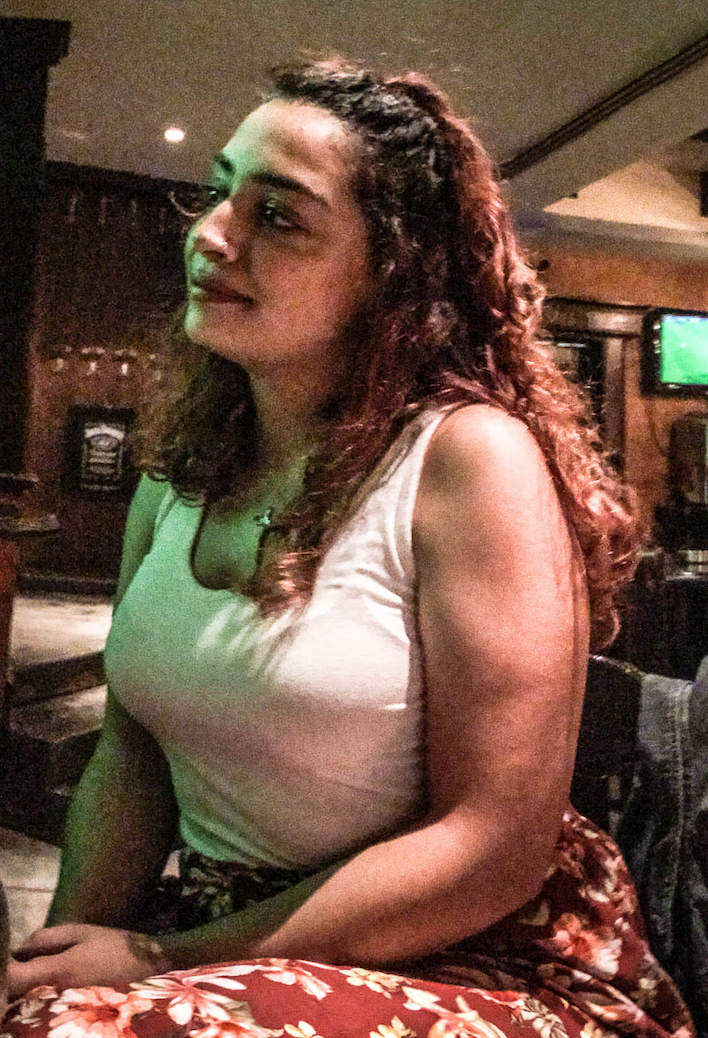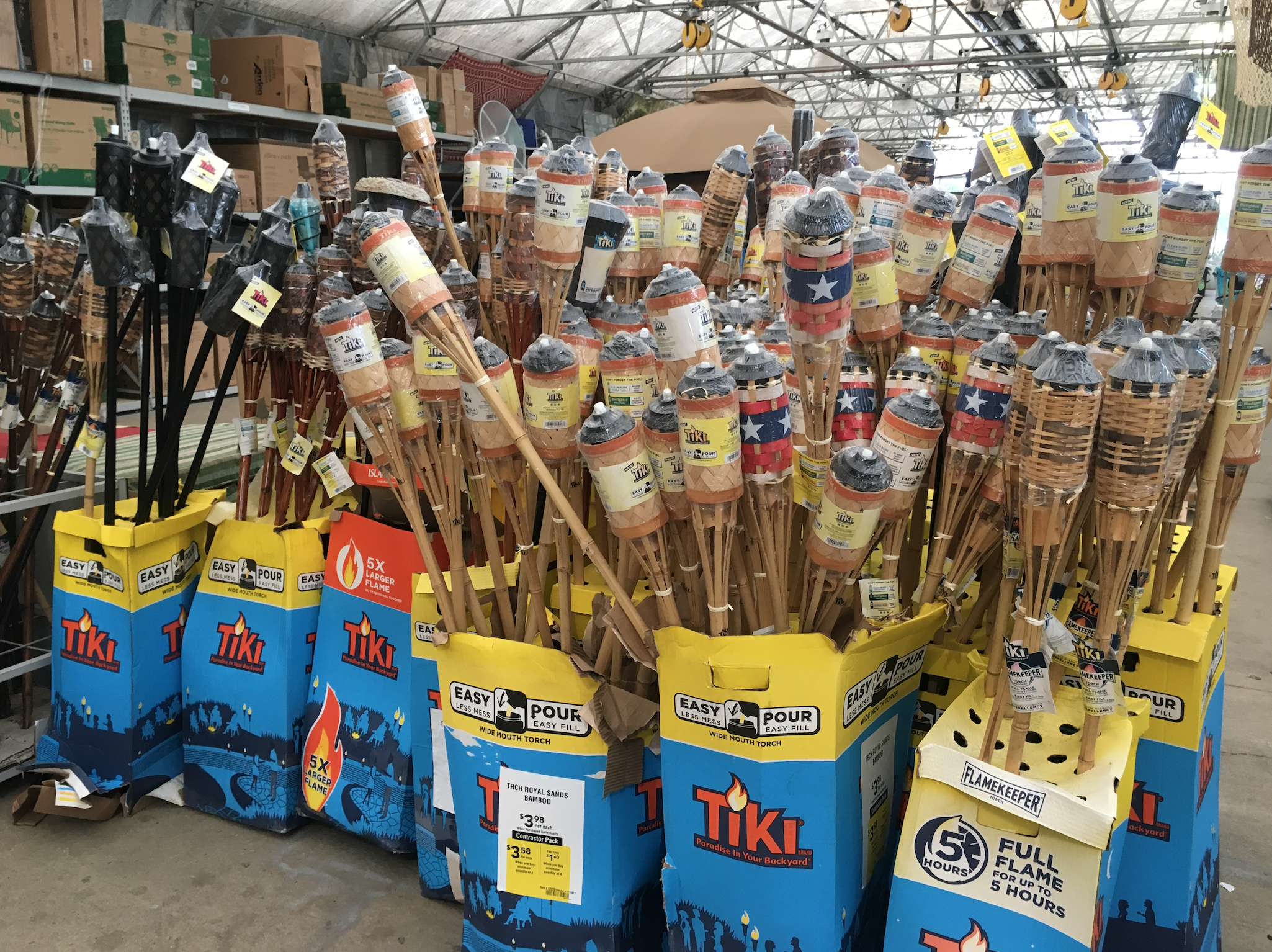Local aid workers in Amman, Jordan
 My recent too-short research trip to Jordan yielded many interviews with local aid workers in Amman and at the refugee camp at Azraq. The hospitality and openness of all the aid workers I talked with was deeply gratifying, and our talks were all extraordinarily productive.
My recent too-short research trip to Jordan yielded many interviews with local aid workers in Amman and at the refugee camp at Azraq. The hospitality and openness of all the aid workers I talked with was deeply gratifying, and our talks were all extraordinarily productive.
These aid workers and I are now working on a survey instrument that we hope can be widely circulated among local aid workers in and around Amman and perhaps even beyond.
More to come on the content of these interviews, but for now I want to recount an after-hours conversation related to Azraq and refugee camps in general.
Over a couple beers a small group of us traded insights about a range of topics including Trump’s response to the protests and counter protests Charlottesville, the living situation in the various Syrian refugee camps, and the gap between donor interests and real needs ‘on the ground.’ It was agreed that this gap is a constant and pervasive source of frustration in the sector, indeed.

We talked about the range of ways that one can describe life in a refugee camp. Many who only do short, controlled visits tend to come away with a ‘glass half full’ image concluding that ‘it really isn’t all that bad’ after seeing cheerful kindergarteners, murals on walls, and football pitches.
A veteran aid worker countered that kind of characterization with the polar opposite, calling Azraq a ‘concentration camp in the middle of a desert’ that serves as a human zoo for voyeuristic donor organization representatives.
The description that you use is matter of perspective and as well your intended audience to be sure. We talked about how to get donors to have a more realistic view of life in the camps, perhaps more along the ‘concentration camp’ lines than the upbeat picture some might paint.
The only way for the donors to really know what life is like living on the ground in a T-shelter with no running water and or proper sanitation, it was offered, would be to have them actually live in the camp for at least 48 hours.
“But what would they do all of that time?” was asked. “And what about security?”

In response to the security question a young Jordanian female aid worker at the table quipped,
“Well, at least they [the donors] wouldn’t have to worry about anyone coming after them with tiki torches.”
Mic drop.
>>>>>>>>>>>>>>>>>>>>>>>>>>>>>>>>>>
More local aid worker voices coming soon as I sort through my notes and continue work on the survey.
Reach me here or on Twitter @tarcaro.


 Follow
Follow